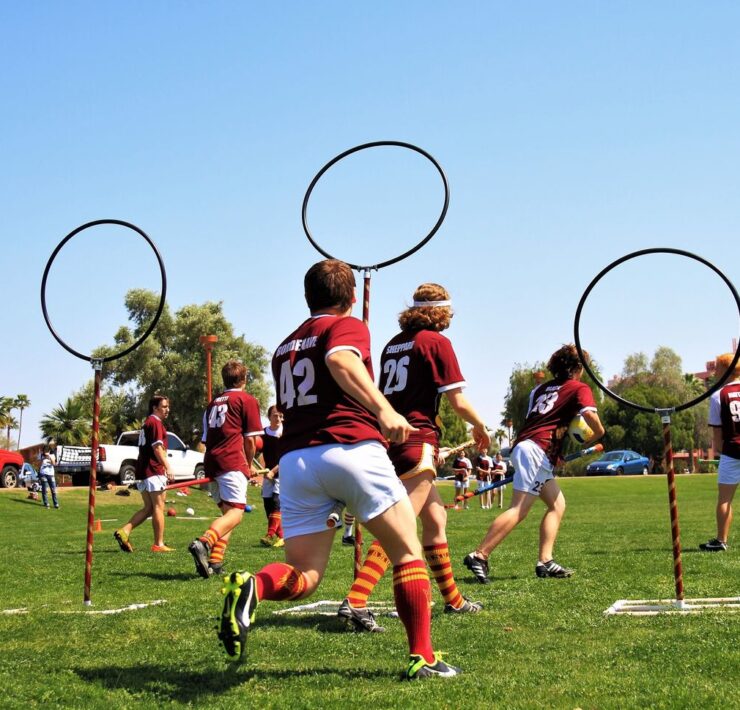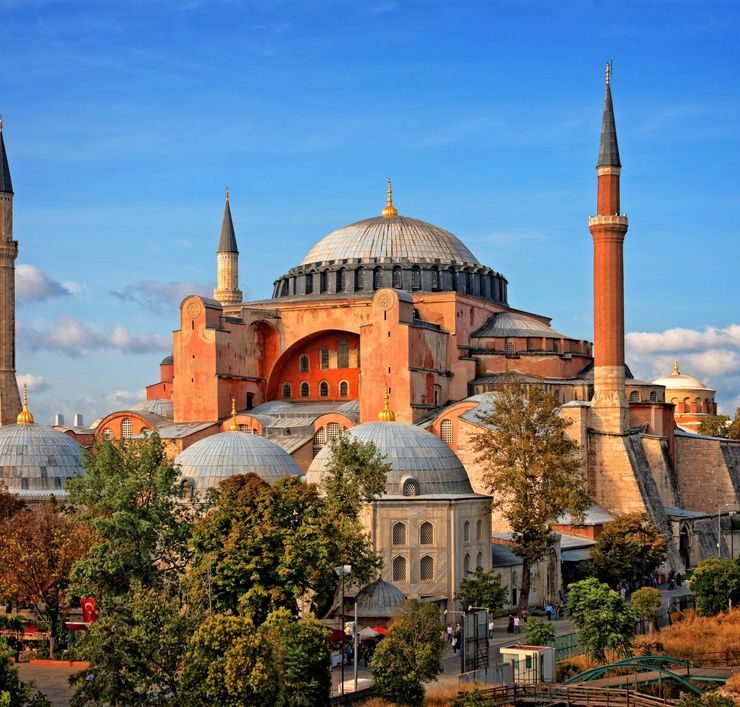Mina is situated 5 kilometers east of Mecca and is used by Islamic pilgrims who make the journey for Hajj – a mandatory religious duty that must be completed by all adult Muslims at least once during their life if they are physically and financially able to take their journey while supporting their family during their time away.
Hajj is a recognition of solidarity of the Muslim people and their devotion and submission to Allah. The word “Hajj” means “an intended journey” which not only relates to the act of making the physical journey but also the journey of inner intentions.
The City of Tents has over 100,000 air-conditioned structures, which provide temporary accommodation for the visiting pilgrims where men and women are separated and are forbidden from sleeping together in the same tent.
Almost three million Muslims attend the Hajj pilgrimage where the stoning of the devil ritual is performed between sunrise and sunset on the last day, which commemorates the occasion that the Prophet Ibrahim stoned the Devil that came between him and the command that Allah had set him. By performing the stoning ritual this symbolizes rejection of temptation and a new purified self – the cleansing of sins. Pilgrims throw seven stones at each of the three pillars, which stand in the middle of the Mina Plain. All pilgrims have to pass close to the pillars in order to hit them with their pebbles so this can be quite a dangerous feat.
When pilgrims arrive at Mina, they first go to the Great Mosque is Mecca which is built around the Ka’aba which has a black stone embedded in its side. The Ka’aba is in the center of the Mosque which Abraham and his son Ishmael were said to have built after the sacrifice of Ishmael was interrupted by his father. The pilgrims walk around the Ka’aba seven times counter-clockwise.
The tents measure 8m x 8m and are made of fiberglass. Each tend is color coded and numbered and each pilgrim is given a badge with the color and number of their tent on it in case they can’t find their way back – it is quite easy to get lost.
The amenities are basic, there are no special rooms or en-suite facilities and after the Hajj season the place will be deserted, as it’s not meant to be permanently populated by residents. The inside of the tents are lined with Teflon too in order to reduce the risk of fire. The only purpose this city serves is for the pilgrims and so is only inhabited for a few days once a year.
People come from all over the worlds and making sure there are enough provisions for food and other basic requirements is no simple task. In the past people used to bring their own tents and set up a temporary campsite but due to a more stable economy cotton tents were erected instead to avoid people bringing their own tents. However in 1997 there was a fire, which swept through the tents and killed 343 pilgrims and injured a further 1500. Since then the tents have been made fireproof and a heat sensitive water sprinkler system was put in place.
When On Earth Magazine is for people who love travel. We provide informative travel guides, tips, ideas and advice regarding places to see, things to do, what to taste, and much more for world travelers seeking their next dream vacation destination.





